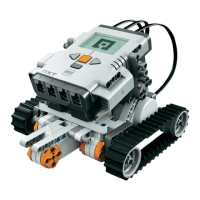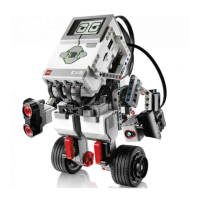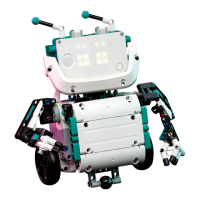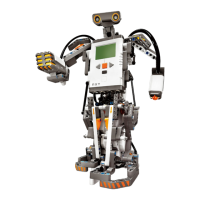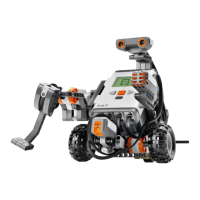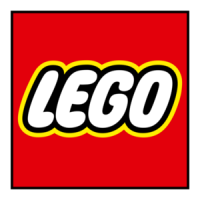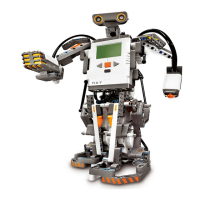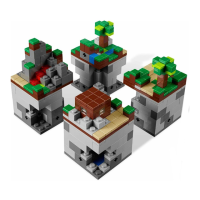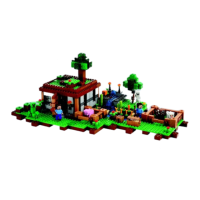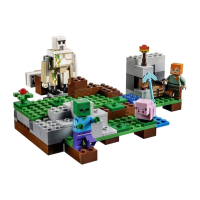Table 4-1. NQC Sensor Modes
Configuration Sensor Type Input Value ClearSensor()
SENSOR_TOUCH
Touch 1 (pressed) or 0 (not pressed) -
SENSOR_LIGHT
Light 0 (dark) to 100 (bright) -
SENSOR_ROTATION
Rotation 16 units per full rotation yes
SENSOR_CELSIUS
Temperature Celsius degrees times 10 -
SENSOR_FAHRENHEIT
Temperature Fahrenheit degrees times 10 -
SENSOR_PULSE
Touch Count of presses yes
SENSOR_EDGE
Touch Count of state transitions yes
The actual sensor value can be read using SENSOR_1, SENSOR_2, and SENSOR_3. These are shorthand for the following command:
SensorValue(const input)
This command returns the current value of the given input, which should be 0, 1, or 2, for input 1, input 2, and input 3 respectively. The values returned from an input depend on the input's
configuration and are described in Table 4-1.
SENSOR_1, SENSOR_2, and SENSOR_3 actually have a dual purpose in life. Their first purpose is to identify the inputs on the RCX to commands like
SetSensor(). Their second purpose is to retrieve values from the inputs. Thus, there are two distinct uses for SENSOR_1, SENSOR_2, and SENSOR_3.
The SENSOR_PULSE and SENSOR_EDGE configurations are variations on SENSOR_TOUCH. The SENSOR_PULSE configuration counts the times the touch sensor has been pressed, while
SENSOR_EDGE counts the transitions from on to off and from off to on. When you read the value of an input in one of these configurations, the input value is the accumulated count.
The configurations that keep a count can be reset with a call to ClearSensor() (as shown in Table 4-1):
ClearSensor(expression sensor)
This command resets the current count for the given input to 0.
Page 62
Edges and Pulses
If you examine the output of a touch sensor, over time, it looks something like this:
